A woman from Oxford has been treated with gene therapy in a world first, in a bid to stop sight loss.


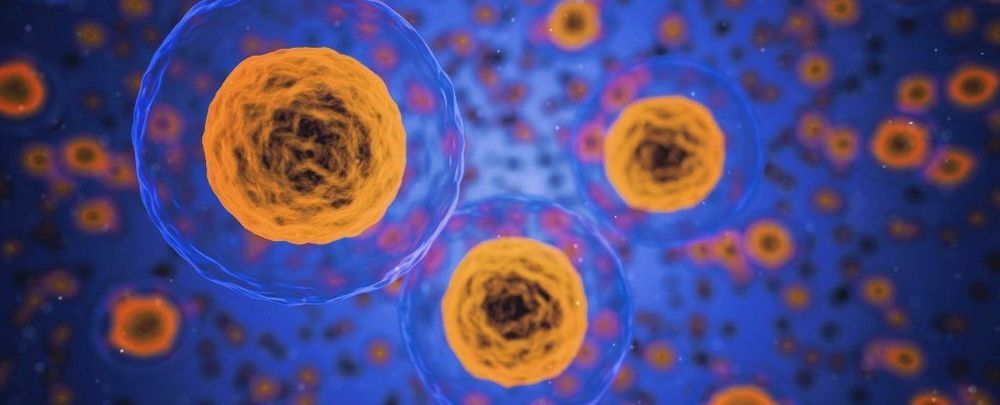
Not all damaged cells die. Some stick around as senescent cells, unable to divide but still able to produce chemical signals — and they could play a major role in the battle against aging.
“It is thought that these cells and the substances they produce are involved in the process of aging,” longevity researcher Nicolas Musi from the University of Texas at Austin told MIT Technology Review.
“The idea is that removing these cells may be beneficial to promote healthy aging and also to prevent diseases of aging.”
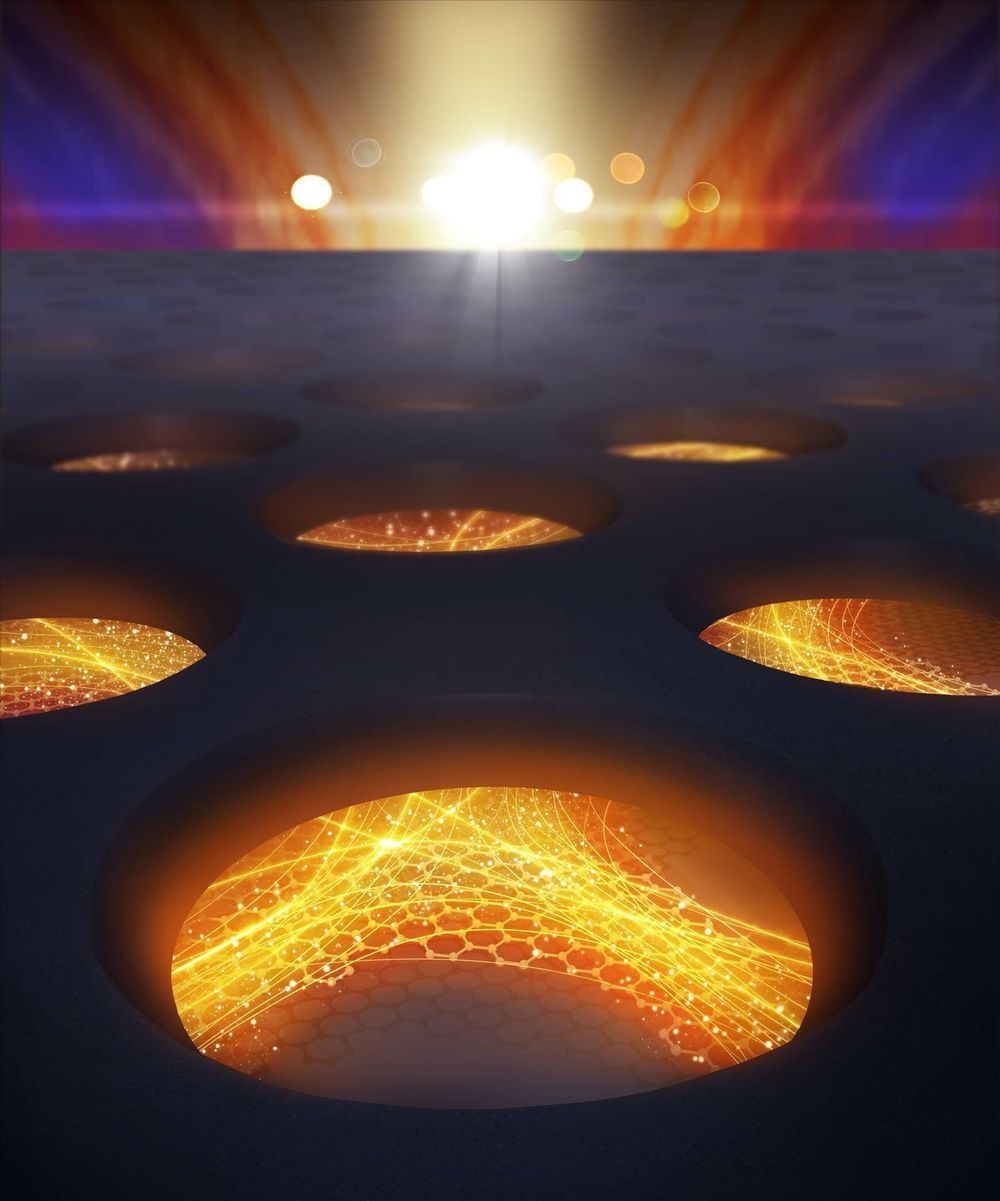
For 15 years, scientists have tried to exploit the “miracle material” graphene to produce nanoscale electronics. On paper, graphene should be great for just that: it is ultra-thin—only one atom thick and therefore two-dimensional, it is excellent for conducting electrical current, and holds great promise for future forms of electronics that are faster and more energy efficient. In addition, graphene consists of carbon atoms – of which we have an unlimited supply.
In theory, graphene can be altered to perform many different tasks within e.g. electronics, photonics or sensors simply by cutting tiny patterns in it, as this fundamentally alters its quantum properties. One “simple” task, which has turned out to be surprisingly difficult, is to induce a band gap—which is crucial for making transistors and optoelectronic devices. However, since graphene is only an atom thick all of the atoms are important and even tiny irregularities in the pattern can destroy its properties.
“Graphene is a fantastic material, which I think will play a crucial role in making new nanoscale electronics. The problem is that it is extremely difficult to engineer the electrical properties,” says Peter Bøggild, professor atDTU Physics.

Circa 2011
Bill Andrews’s feet are so large, he tells me, that back when he was 20 he was able to break the Southern California barefoot-waterskiing distance record the first time he put skin to water. Then he got ambitious and went for the world speed record. When the towrope broke at 80 mph, he says, “they pulled me out of the water on a stretcher.”
The soles of the size-15 New Balances that today shelter those impressive feet strike a steady clap-clap on the macadam as Andrews and I lope down a path along the Truckee River that takes us away from the clutter of cut-rate casino hotels, strip malls and highway exit ramps that is downtown Reno, Nevada. Andrews, 59, is a lean 6-foot-3 and wears a close-cropped salt-and-pepper Vandyke and, for today’s outing, a silver running jacket, nicely completing a package that suggests a Right Stuff–era astronaut. He is in fact one of the better ultramarathoners in America. I am an out-of-shape former occasional runner, so it gives me pause to listen as Andrews describes his racing exploits. “I can run 100 miles, finish, turn around, and meet friends of mine on the course who are still coming in,” he says. “I’ve been in many races where I’m stepping over bodies of people who have collapsed, and I’m feeling great.”
“I want to cure my aging, my friends’ and family’s aging, my investors’ aging, and I want to make a ton of money,” Andrews says. His return to running after a middle-aged break was, he says, inspired by a revelation he had at a time when he and a small team of scientists at his biotech start-up, Sierra Sciences, had been working 14 to 18 hours a day in the lab for five years, rather obsessively pursuing a particular breakthrough. Finally, his doctor told him he was headed for an early grave. “I thought, god, I don’t want to cure aging and then drop dead,” Andrews says.
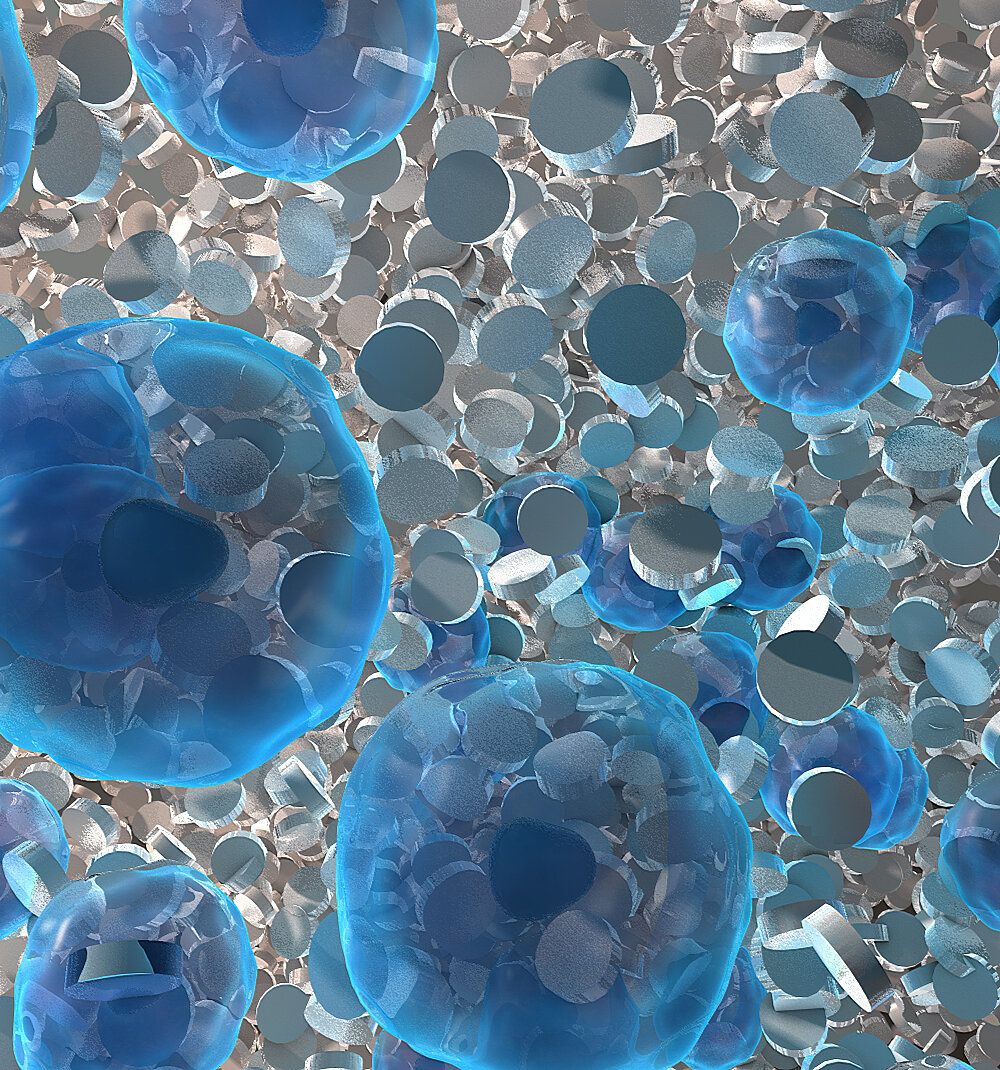
Researchers from Texas A&M University, led by Dr. Akhilesh K. Gaharwar, have developed a new way to deliver treatment for cartilage regeneration.
Gaharwar, assistant professor in the Department of Biomedical Engineering at Texas A&M, said the nanoclay-based platform for sustained and prolonged delivery of protein therapeutics has the potential to impact treating osteoarthritis, a degenerative disease that affects nearly 27 million Americans and is caused by breakdown of cartilage that can lead to damage of the underlying bone.
As America’s population ages, the number of osteoarthritis incidences is likely to increase. One of the greatest challenges with treating osteoarthritis and subsequent joint damage is repairing the damaged tissue, especially as cartilage tissue is difficult to regenerate.
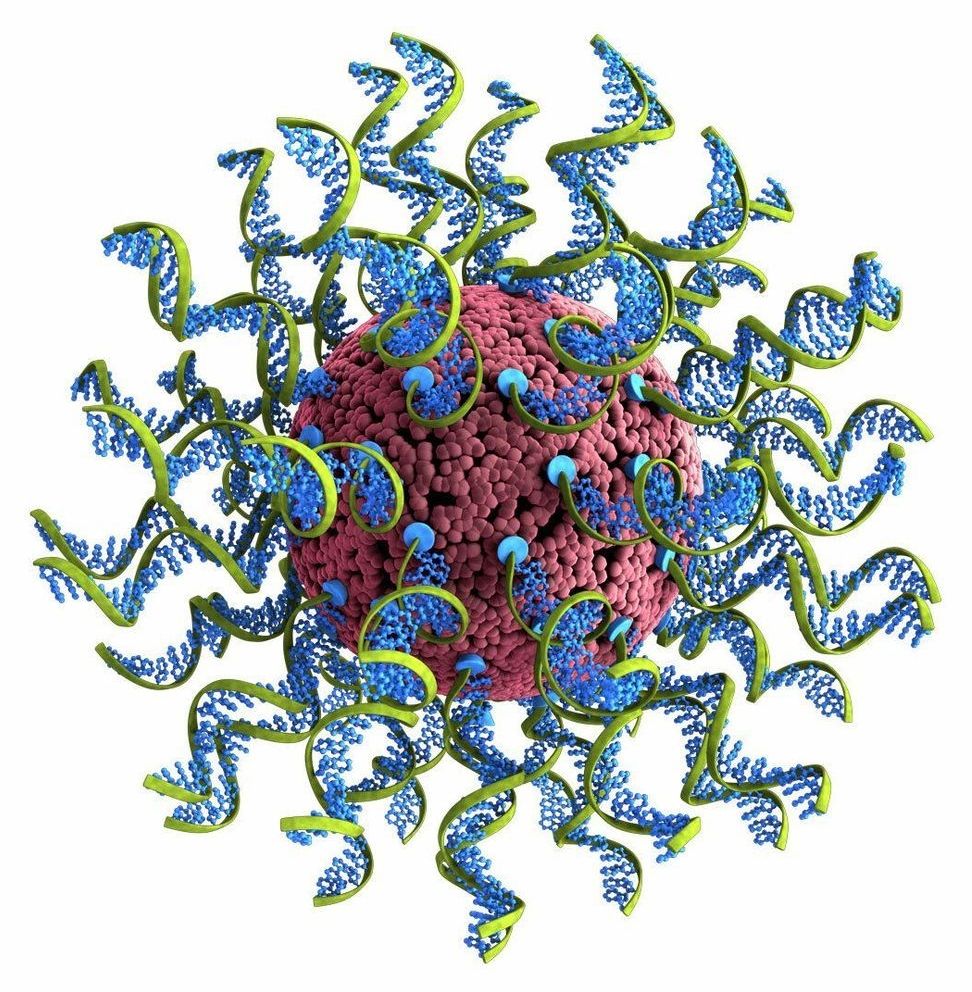
EVANSTON, Ill.— With their ability to treat a wide a variety of diseases, spherical nucleic acids (SNAs) are poised to revolutionize medicine. But before these digitally designed nanostructures can reach their full potential, researchers need to optimize their various components.
A Northwestern University team led by nanotechnology pioneer Chad A. Mirkin has developed a direct route to optimize these challenging particles, bringing them one step closer to becoming a viable treatment option for many forms of cancer, genetic diseases, neurological disorders and more.

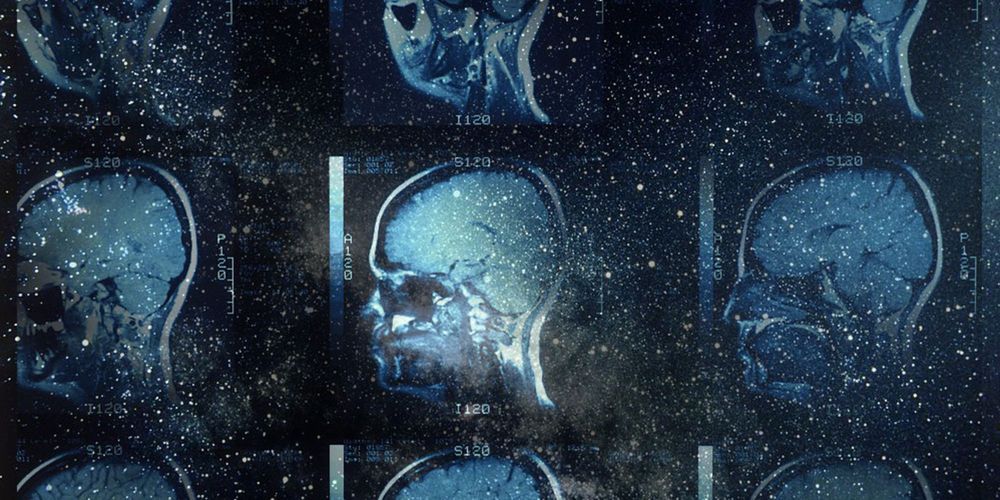
Groundbreaking neuroscience confirms what Sigmund Freud first theorized: that what we believe to be the objective reality surrounding us is actually formed by our subconscious. David Eagleman explains:

